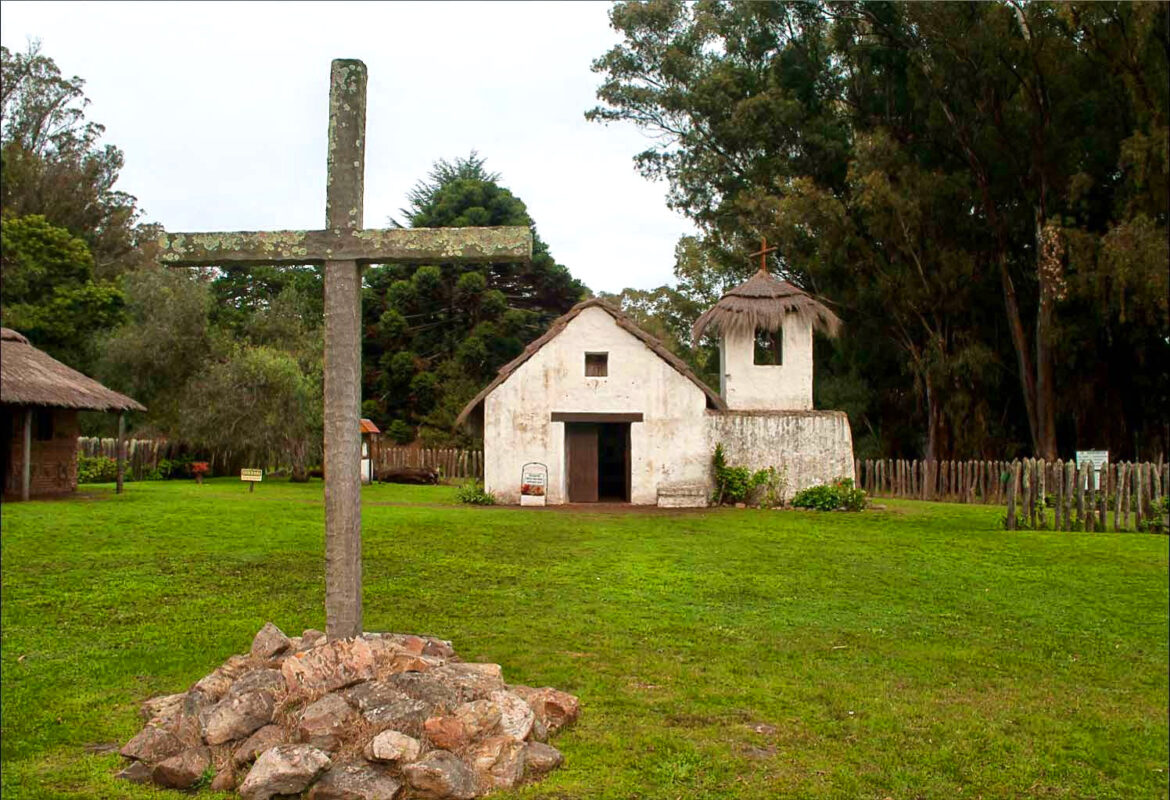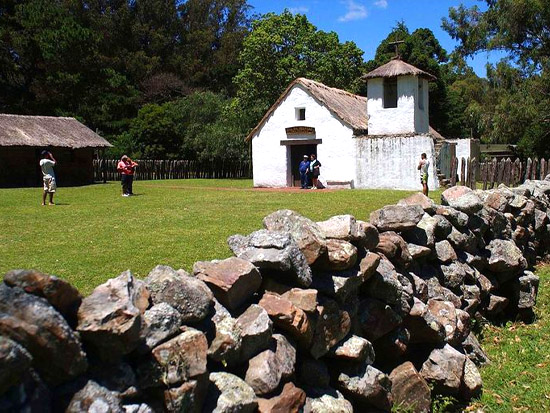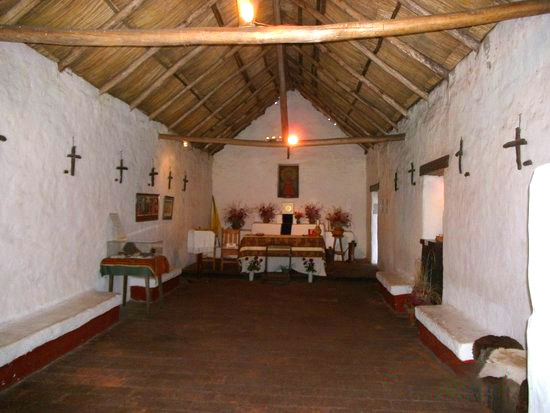History
On November 3, 1746, the Jesuit missionaries José Cardiel, Tomás Falkner, Matías Strobel, Gerónimo Rejón and Manuel Querini, sent by the Spanish Crown, settled on the banks of the Laguna de las Cabrillas (today of the Fathers) and founded the Mission of Ntra.Sra. del Pilar del Volcán (from Vuulcan, that is, an opening between two hills) referring to the mountain range that descends from Tandilia, passes through Balcarce, continues in the Sierra de los Padres and enters the sea at Cabo Corrientes.

They found the area populated by brave tribes of various ethnic groups, which they later called pampas or mountain rangers. Chief Cangapol was the one who fought the Mission the most, which had a large number of tents. The Indians demanded grass, tobacco and goods, when they did not get them they increased the attacks, which led to its depopulation in 1751.
During those years they left documented uses, customs and aboriginal languages that were later compiled by PJLabrador and Guillermo Furlong.
Topographically, the area dates from the Precambrian (2000 million years) and was later eroded by movements that gave rise to grottos and caves. For example, at the top of the Sierra, the Gruta de los Pañuelos and near the antennas the Peñón de Santillán, a stony mass worthy of study.
In 1826, the Laguna de los Padres ranch was founded in La Laguna, where José Hernandez, the creator of the reference Martín Fierro, settled. There he stayed for more than 10 years with his father, being able to deduce that more than one idea for the maximum book of traditional Argentine literature was conceived there.



